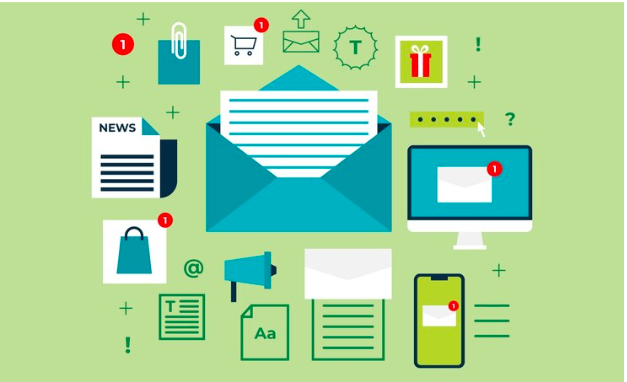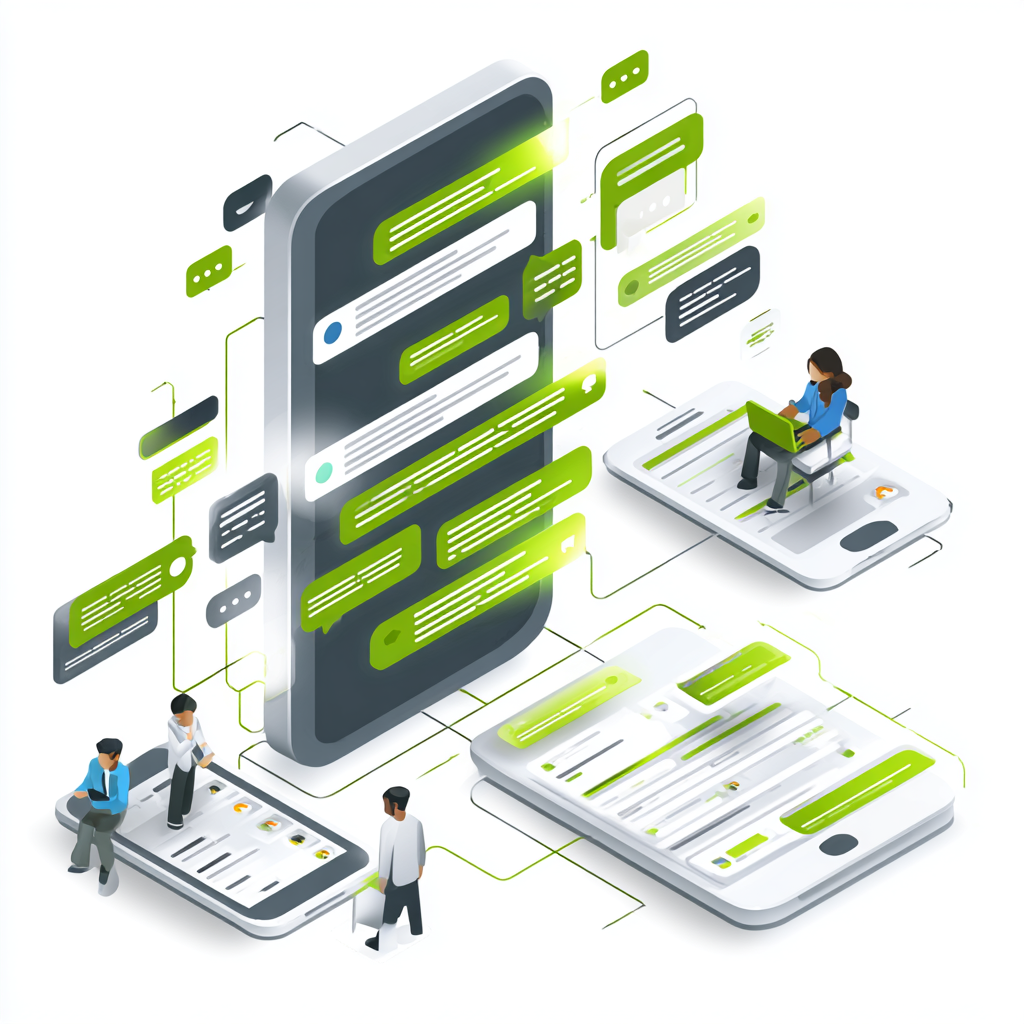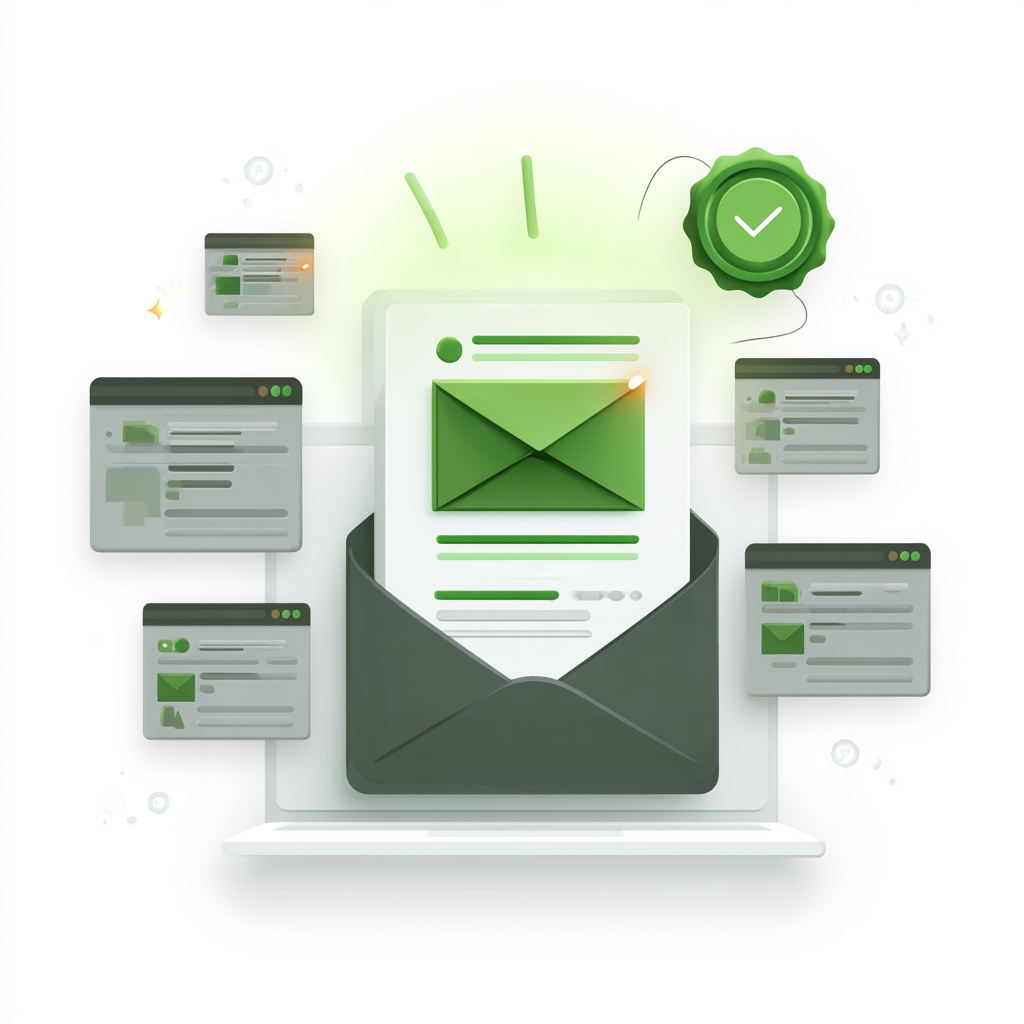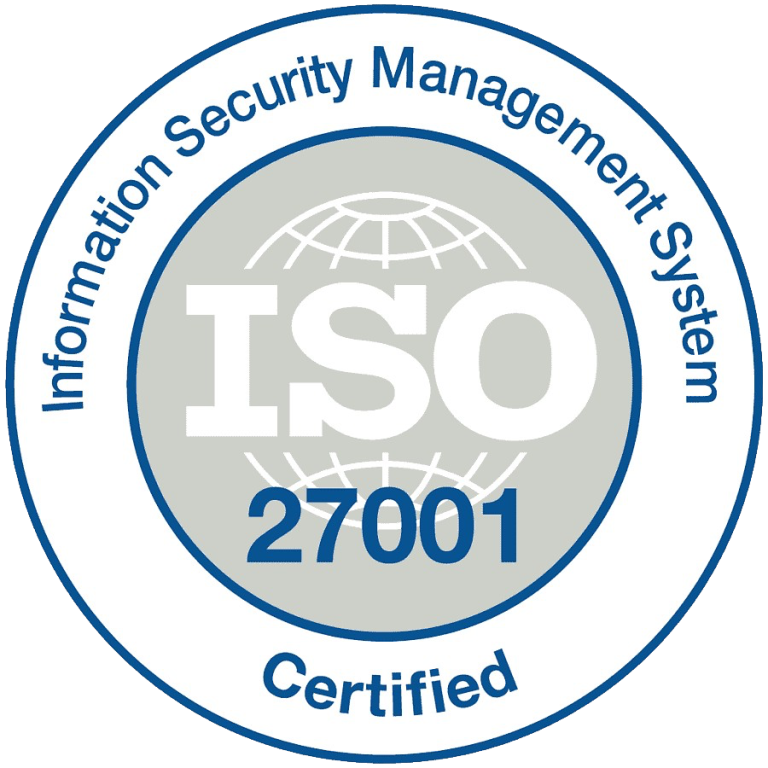Emails play different roles in business communication, with transactional emails vs marketing emailsbeing the two main types. Knowing how they differ helps businesses connect better with customers, build trust, and boost sales. Over half, 51% of consumers, say email is the best way for brands to communicate with them. Further, 95% of marketers reported that their email marketing strategy effectively met their business goals.
This article looks at the key differences, benefits, and best practices for both types of emails and how businesses can use them to build stronger customer relationships, improve engagement, and reach their goals.
What are transactional emails?
Transactional emails are messages triggered by a user’s interaction with a website, app, or service. They provide critical information about a transaction or account activity, such as an order confirmation, password reset notification, or shipping update.
Key features of transactional emails:
The key features of transactional emails include:
- Content-centric: Focuses on delivering essential, personalized information regarding a user’s transaction or request.
- High engagement rates: Transactional emails tend to have higher open rates since they contain relevant, time-sensitive content that the user expects.
- Real-time delivery: These emails are typically sent immediately after the triggering action occurs, providing the customer with timely information.
- Focused on transaction completion: A transactional email’s primary purpose is to communicate a transaction’s status and guide the user through the process.
- One-to-one communication: Unlike marketing emails, transactional emails are always sent to a single recipient based on their unique activity.
- Essential information: These emails include relevant details about the transaction, such as order number, product details, shipping information, or account updates.
Real-world example: A welcome email is a real-world example of a transactional email. A welcome email from Masterclass is automatically sent when a user signs up for the service, confirming their registration and introducing them to the platform.
What are marketing emails?
Marketing emails, on the other hand, are primarily sent to promote a product, service, or offer. They are part of a broader marketing campaign to increase brand awareness, customer engagement, and sales.
Key features of marketing emails:
The key features of marketing emails include:
- Promotional: These emails contain promotional content, such as discounts, new product launches, newsletters, or exclusive offers.
- Targeted audiences: Marketing emails are usually sent to segmented lists based on customer preferences or previous interactions.
- Personalization: Tailoring email content to individual recipients based on their data and preferences, creating a more relevant experience.
- Mobile optimization: Designing emails that display correctly on various mobile devices.
- A/B testing: Experimenting with different email variations to see which performs best with your audience.
- Email deliverability: Ensuring emails reach the recipient’s inbox and not end up in the spam folder.
- Unsubscribe option: Providing a straightforward way for recipients to opt out of receiving further emails.
- Marketing automation: Setting up automated email sequences based on user actions or time frames.
- Visual appeal: Using design elements like images, colors, and formatting to enhance engagement.
Real-world example: A retailer sends a newsletter featuring new arrivals, special offers, and product recommendations tailored to the recipient’s shopping habits.
Transactional email vs marketing email: Key differences
Although both types of emails are crucial for business communication, they serve very different purposes. This section will compare transactional and marketing emails across key factors like content, engagement rates, and compliance to help you better understand their distinct roles.
1. Purpose and intent
- Transactional emails: Primarily aimed at delivering information regarding user activity, such as purchases or account changes.
- Marketing emails: Designed to promote products, services, or offers to build customer relationships and drive sales.
2. Content
- Transactional emails: Focused on practical information (order confirmations, shipping details, password resets, etc.).
- Marketing emails: Promotional content such as discounts, product launches, or seasonal offers.
3. Engagement rates
- Transactional emails: These generally have higher open rates because the recipient expects to receive them (e.g., order confirmation, password reset).
- Marketing emails: Open rates may vary depending on the content’s relevance and the targeting’s effectiveness.
4. Compliance and regulations
- Transactional emails should be sent as part of a legitimate transaction and do not require opt-in consent. However, they have to comply with privacy regulations like GDPR or CAN-SPAM.
- Marketing emails Require explicit opt-in consent from the recipient, and businesses must allow users to opt-out through an unsubscribe option.
How to choose the right email strategy for your business
Both transactional and marketing emails are crucial in the digital communication ecosystem. Choosing the right strategy depends on your goals:
- For E-commerce businesses: Transactional emails are essential for providing customers with key purchase details. However, marketing emails are crucial for building brand loyalty, driving repeat sales, and introducing new products.
- For SaaS companies: Transactional emails can notify users about account updates, subscription changes, or feature launches. Meanwhile, marketing emails can keep users engaged with newsletters or promotions.
- For educational businesses or online courses: Transactional emails can confirm course enrollments, payment confirmations, or remind students of upcoming classes. Marketing emails can engage students with course promotions, upcoming webinars, or content that helps their learning journey.
- For non-profits: Transactional emails can send donation receipts, event confirmations, or thank-you messages for contributions. Marketing emails help to raise awareness about causes, promote fundraising campaigns, or share success stories from projects or events.
- For subscription-based businesses: Transactional emails can update customers about subscription renewals, payment confirmations, or shipping details. Marketing emails can promote new subscriptions, upsell premium features, or remind customers of benefits to encourage them to stay subscribed.
Best practices for transactional and marketing emails
Businesses need to follow best practices to make the most out of transactional and marketing emails. From personalization to clear CTAs, we will highlight tips for crafting effective emails that maximize engagement and drive customer satisfaction.
Transactional email best practices:
Transactional emails focus on delivering critical, time-sensitive information (e.g., order confirmations, password resets).
- Send important information on time: ensure emails reach customers when needed, such as order confirmations or account updates.
- Personalize your emails. Include the customer’s name, order number, or relevant details to make them more engaging.
- Keep it clear and concise: focus on essential information without unnecessary details.
- Use a clear subject line: make the purpose of the email obvious, such as “your order has been shipped” or “reset your password.”
- Ensure mobile-friendliness: optimize emails for easy reading on mobile devices.
- Include customer support details: provide an easy way for recipients to get help if needed.
- Avoid promotional content: stick to the transaction-related message to maintain trust and comply with regulations.
- Add a helpful call to action (CTA). This should guide users through their next steps, such as “track your order” or “update your preferences.”
- Protect sensitive information: use encryption and avoid sharing full card numbers or passwords in emails.
Marketing email best practices:
Marketing emails aim to promote products, drive engagement, and build customer relationships.
- Personalize your offers: To make the email more relevant, tailor promotions based on what the recipient has bought before or their interests.
- Create attention-grabbing subject lines: write subject lines that make recipients want to open the email by being clear, intriguing, or offering something of value.
- Include a clear call to action (CTA). Tell recipients exactly what you want them to do, whether purchasing, signing up, or learning more. Make sure the CTA is easy to spot.
- Segment your audience: To better target your audience, email different groups based on their preferences, purchase history, or engagement level.
- Test and optimize: Run A/B tests on subject lines, email designs, and CTAs to determine what works best and improve future campaigns.
- Keep content engaging and valuable. Instead of only sending promotional messages, offer helpful information, tips, or exclusive deals to keep subscribers interested.
- Use eye-catching design: break up text with images, buttons, and white space to make your emails visually appealing and easy to read.
- Follow email compliance laws. To ensure your emails comply with regulations like GDPR and can-spam, include an unsubscribe option and use proper consent practices.
Mastering transactional and marketing emails
Although transactional and marketing emails are distinct, both play an integral role in customer communication. Transactional emails provide immediate, relevant updates to users, ensuring they receive the information they need. On the other hand, marketing emails are designed to nurture customer relationships and drive conversions by offering personalized content and promotional messages. By understanding the differences between these email types and applying best practices for each, businesses can improve customer experience, increase engagement, and boost overall performance.
For marketing emails, enhance personalization and include clear, compelling CTAs to encourage action. Explore Arkesel today to discover the tools and strategies to elevate your email marketing efforts!





